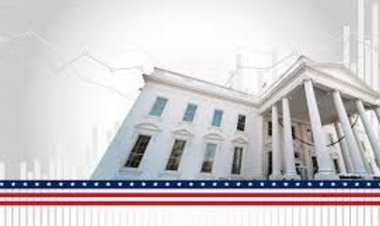US President Trump Imposes New Tariffs on 14 Countries, With Harshest Rates Aimed at Myanmar and Laos
President Donald Trump has launched a significant escalation in his trade strategy, announcing new tariffs on 14 countries, set to begin on August 1. The most severe penalties target Myanmar and Laos, which will face 40% tariffs. Japan and South Korea are among the first allies affected, each facing a 25% duty on select goods.

A Direct Approach to Global Trade
The White House revealed that Trump personally sent formal letters to the leaders of all 14 targeted nations. These communications, shared via his Truth Social platform, warned of additional consequences if any country retaliates. His message was clear: any increase in tariffs against U.S. products would be met with an equal increase in American tariffs.
Trump defended the measures, calling them a “necessary correction” to years of what he described as imbalanced and unfair trade relationships. He emphasized that trade deficits have become a “serious threat to the U.S. economy and national security.”
Economic Ripples and Market Reactions
While Wall Street remained relatively steady, initial market responses showed mild declines. Economists estimate that these tariffs could cost the U.S. economy 0.7 percentage points in GDP growth and add $2,000 or more in annual expenses for the average American household due to increased consumer prices.
Supply chain experts warn that the move could further disrupt production planning and increase inflationary pressures.
Global Fallout: Allies Frustrated, Talks Underway
Reactions across Asia have been swift and tense. Leaders in Japan and South Korea expressed strong disapproval, with diplomatic sources citing “shock and frustration.” Analysts suggest these sudden policy shifts could push long-time allies toward stronger economic cooperation with China and BRICS nations.
However, not all countries are on a collision course. Reports indicate that India, Vietnam, China, and others are negotiating terms that might allow them to avoid the full impact of the tariffs before the deadline.
What's Ahead?
The administration has hinted at flexibility. If countries reach new trade agreements before August 1, the tariffs may be reduced or delayed. Trump has also indicated that additional countries may soon receive similar letters, as the White House continues pushing its “America First” trade agenda.
As global markets adjust to the shifting rules of trade under Trump’s leadership, businesses and policymakers worldwide are watching closely to see how far this new wave of economic nationalism will go — and what it means for the future of international commerce.






































Comments (0)